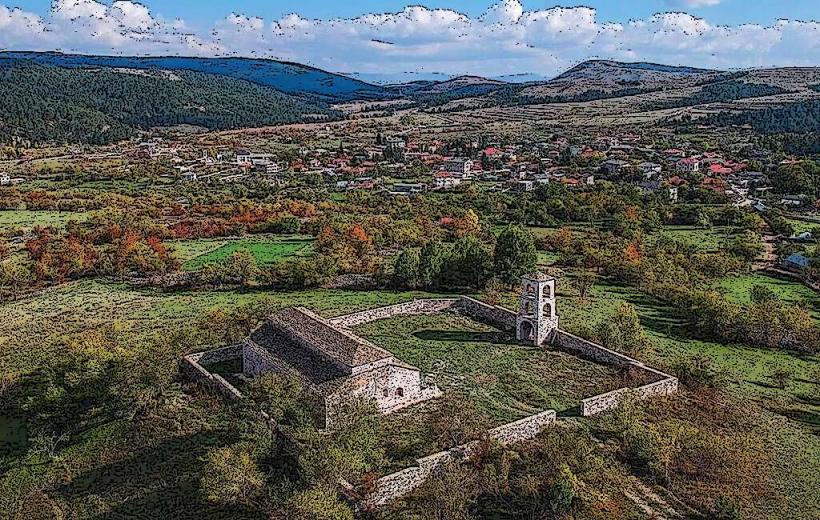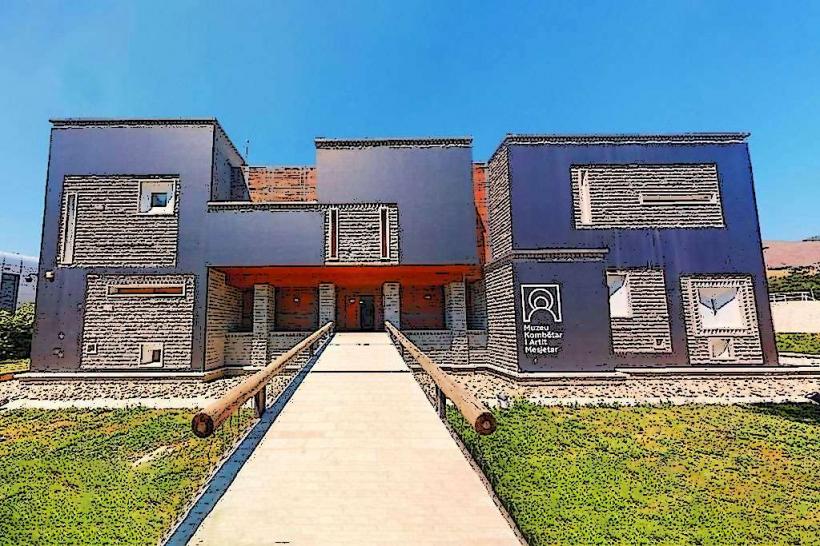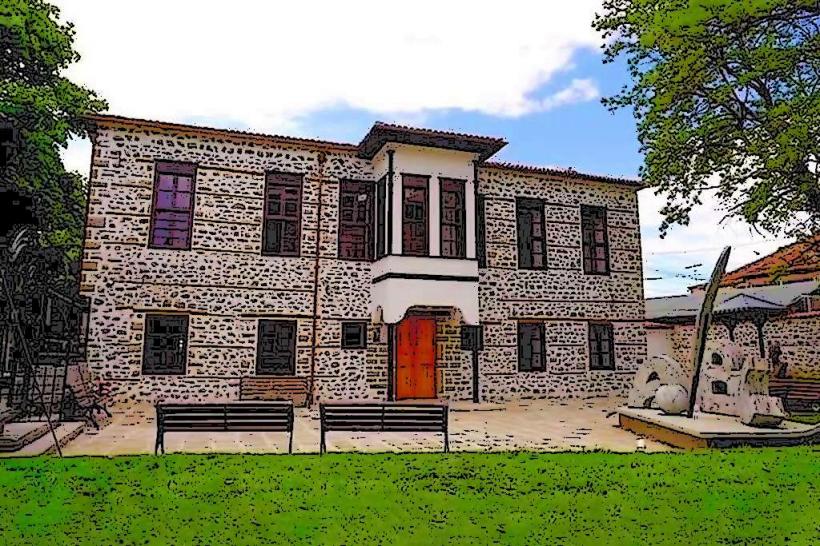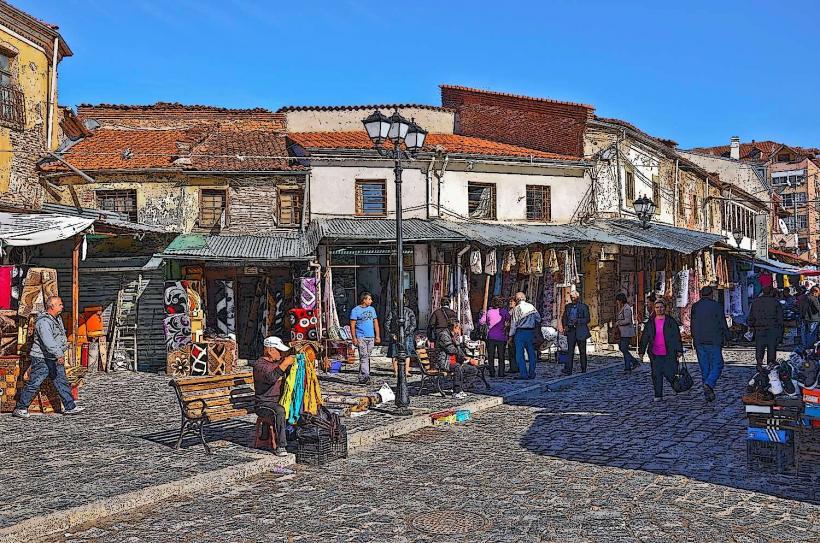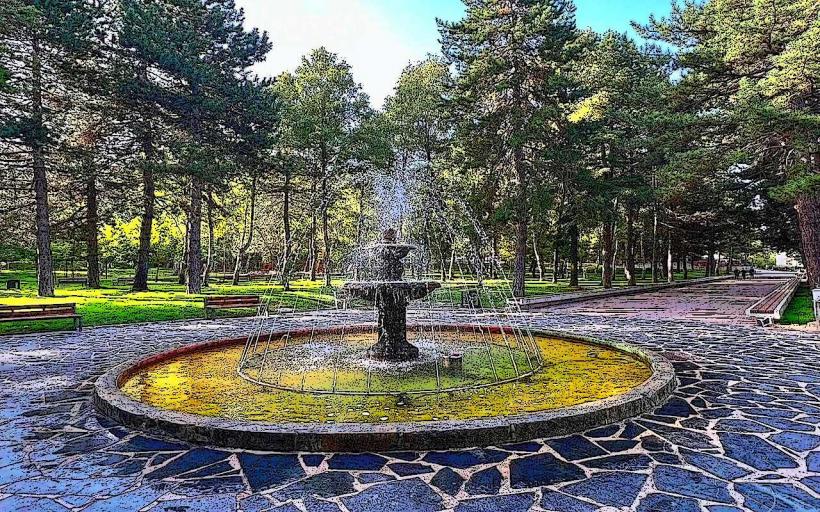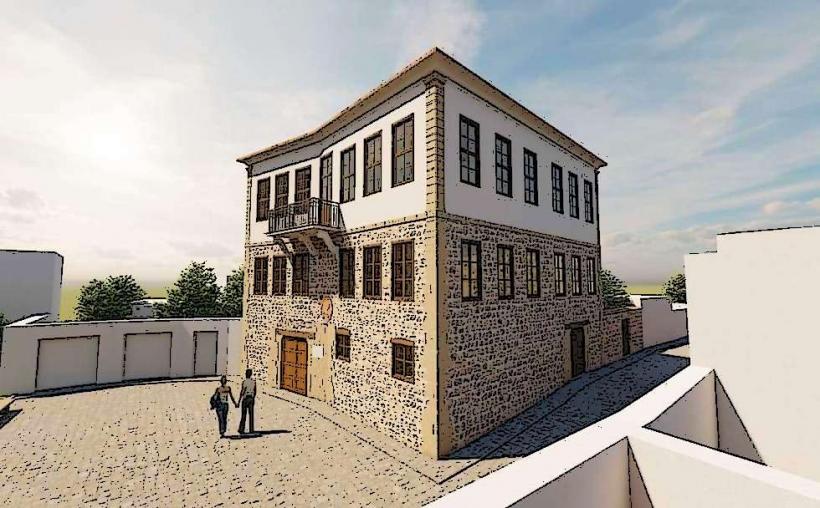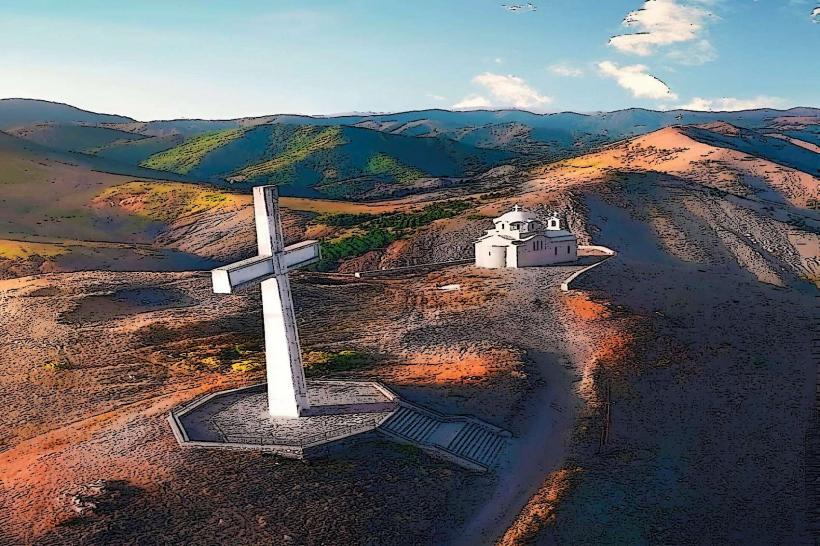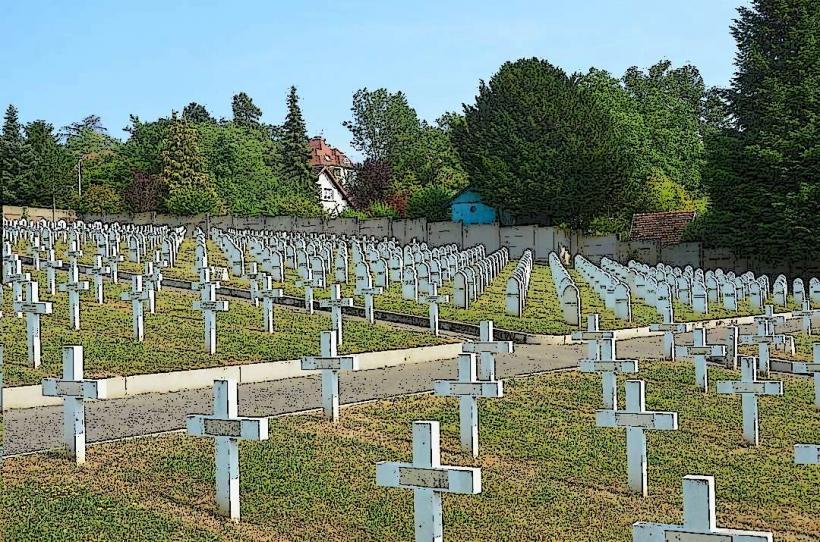Information
Landmark: Church of St. NicholasCity: Korce
Country: Albania
Continent: Europe
The Church of St. Nicholas (Shën Kolli) is a notable religious site in Albania, primarily located in the village of Dërsnik in the Përmet district, in southern Albania. This Byzantine-era church is renowned for its historical, architectural, and cultural significance, particularly as a representation of medieval religious art and architecture.
Historical Significance
- The Church of St. Nicholas is one of the oldest churches in the region, with its construction dating back to the 11th century. It was built during the time of the Byzantine Empire, reflecting the strong presence of Byzantine culture and Orthodox Christianity in the region at the time.
- The church is a valuable example of the Byzantine architectural style and the Christianization of the region during the early medieval period. It also serves as a reminder of the region’s significant historical ties to the Byzantine Empire and later the Ottoman Empire.
Architecture and Art
Architecture:
- The church is a simple single-nave structure typical of Byzantine ecclesiastical architecture, with a semi-circular apse at the end of the altar. It is built using local stone, and the building’s form has remained largely intact over the centuries.
- The stone masonry used in the construction is a testament to the craftsmanship of the period, with careful attention to the durability and aesthetic qualities of the materials.
Interior Decoration:
- Inside, the church features frescoes that are of great historical importance. The frescoes depict scenes from Christian iconography, including images of saints, Biblical figures, and depictions of heaven and hell, as well as scenes of the life of Christ.
- The frescoes, however, have suffered some deterioration over the centuries, but their vivid colors and detailed representations still offer a glimpse into the artistic styles of the time.
- Some of the frescoes are thought to have been painted by local artists in the 14th century, after the church was constructed, reflecting the development of Byzantine art during the later years.
Religious Relics and Icons:
- The church also houses several important icons that are central to its role as a place of worship. These icons, along with other liturgical objects, are used during the various religious ceremonies and festivals celebrated in the church.
Cultural and Religious Importance
- St. Nicholas is an important figure in Eastern Orthodox Christianity, known as the patron saint of children, sailors, and merchants. As such, the Church of St. Nicholas has historically served as a spiritual center for the local community, and it is still actively used for religious services, especially during feasts and religious holidays.
- The church is also important for its role in the cultural heritage of the area, preserving local religious traditions and serving as a place of pilgrimage for many who wish to honor St. Nicholas.
- The church stands as a symbol of the region’s strong Orthodox Christian roots, which remained resilient even under the long years of Ottoman rule, when Islamic influence was predominant in the area.
Renovation and Preservation
- Over the years, the Church of St. Nicholas has undergone renovation efforts to preserve its structure and the frescoes inside. Local and national authorities, as well as religious organizations, have worked to protect this valuable historical and cultural site.
- Despite its age, the church has been able to maintain its place in the local community, not just as a religious structure, but as an important cultural monument. The preservation of the church is essential for maintaining the memory of the Byzantine period in Albania.
Visiting the Church of St. Nicholas
Location:
- The Church of St. Nicholas is located in the village of Dërsnik, which is situated in the Përmet district, a region known for its scenic beauty and traditional architecture. The area is part of the broader Albanian Highlands and offers visitors a glimpse into rural Albanian life, away from the bustle of larger cities.
- The church is set amidst lush landscapes and can be reached by car or a combination of car and walking along the village roads.
Visitor Experience:
- Visitors to the Church of St. Nicholas can enjoy not only the religious and historical significance of the site but also the tranquility and beauty of its rural surroundings. The church is often included in cultural tours of the Përmet region, which is famous for its rivers, mountains, and traditional villages.
- It’s an ideal stop for those interested in exploring Albania’s religious heritage, medieval architecture, and Byzantine art. Visitors can also learn about the local traditions and the history of the Orthodox Christian community in Albania.
Why Visit the Church of St. Nicholas?
Historical and Religious Value: The Church of St. Nicholas offers a rare glimpse into Albania’s Byzantine past and serves as an important example of Orthodox Christian art and architecture in the region.
Cultural Heritage: Visiting the church allows one to appreciate the local culture, with its deep roots in Orthodox Christianity and the traditional rural life of Albania’s south.
Scenic Beauty: The church is located in a picturesque rural area, providing visitors with not only a cultural experience but also a chance to enjoy the natural beauty of southern Albania.
Peace and Tranquility: The church offers a serene atmosphere, making it an excellent destination for those looking to enjoy Albania’s historical and cultural wealth while immersing themselves in a peaceful setting.
In conclusion, the Church of St. Nicholas in Dërsnik is a historical and cultural gem of southern Albania. It holds a significant place in the country’s religious heritage, offering visitors a chance to experience the region’s Byzantine architectural tradition, religious devotion, and local customs in a tranquil and scenic setting.


